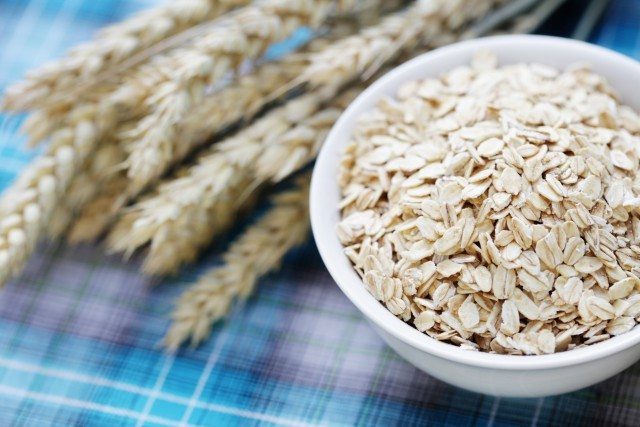Nearly two-thirds of Americans say they are heeding the Dietary Guidelines advice to ‘make at least half your grains whole’ with the majority of Americans eating more whole grains than they did five years ago.
The Boston-based non-profit Oldways Whole Grains Council (WGC) released these findings and others from the 2015 Whole Grains Consumer Insights Survey in time for September’s Whole Grains Month.
“For years, most people came nowhere close to whole grain recommendations, so it is encouraging to see that many are now benefiting from switching more of the grains they eat to whole grains,” said Cynthia Harriman, director of food and nutrition strategies.
“The next step is tempting Americans to expand their whole grain palates beyond bread, cereal and brown rice to delicious grains like spelt, farro, amaranth and teff.”
The push toward whole grains comes as studies show that eating whole grains lowers the risk of many chronic diseases, including heart disease and diabetes.
Other benefits include reduced risk of asthma, healthier blood pressure levels, and better weight control.
For the survey, the Oldways Whole Grains Council asked Americans about their whole grain habits and here are the findings:
• 64% of respondents have increased whole grain consumption “some” or “a lot” in the last five years.
• Two in three respondents who nearly always choose whole grains now have increased their whole grain consumption a great deal compared to five years ago.
• 31% say they nearly always choose whole grains compared to 4% five years ago.
• 32% choose whole grains about half the time.
• 63% are making more than half their grains whole, good news since the 2015 Dietary Guidelines, due out this fall, are expected to continue with this recommendation as they have since 2005.
• Breakfast remains the biggest eating occasion for whole grains, followed by dinner and then lunch.
On average, 37% of daily whole grains are consumed at breakfast, 27% at dinner, 22% at lunch and 14% as snacks.
• People eat nearly 30% more whole grain breakfast cereal (hot or cold) than refined.
• 86% of those who consume whole grains do so for the health benefits.
• 40% choose whole grains because they enjoy the taste.
• 39% say cost is the leading barrier to eating more whole grains.
• 28% says many restaurants do not offer whole grain choices.
• While more than one in three identify gluten as a protein and one in five know it makes dough rise, 4% correctly selected both (and no other options).
• 21% incorrectly think gluten is in all grains.
• 93% eat gluten some or all of the time.
Of the 7% who completely avoid gluten, one in five has a medically-diagnosed problem with gluten.
The top five favorite whole grain foods among survey respondents are:
1. Whole Wheat Bread (31%)
2. Oatmeal (27%)
3. Popcorn (15%)
4. Whole grain cold cereal (15%)
5. Whole grain pasta (8%)
• Nine out of 10 have heard of Whole wheat, oats and brown rice. Most have eaten them.
• Less than one and five has heard of spelt, farro, amaranth, Kamut, or teff.
• 49% of people are aware of the Whole Grain Stamp.
• 82% trust the Whole Grain Stamp to accurately state a product’s whole grain content.
• 79% say the Whole Grain Stamp would make them more likely to buy a product; about half of these would also consider sugar, sodium and other product factors.
• 51% say they would question a product’s claims about whole grains if they did not see the Whole Grain Stamp.










